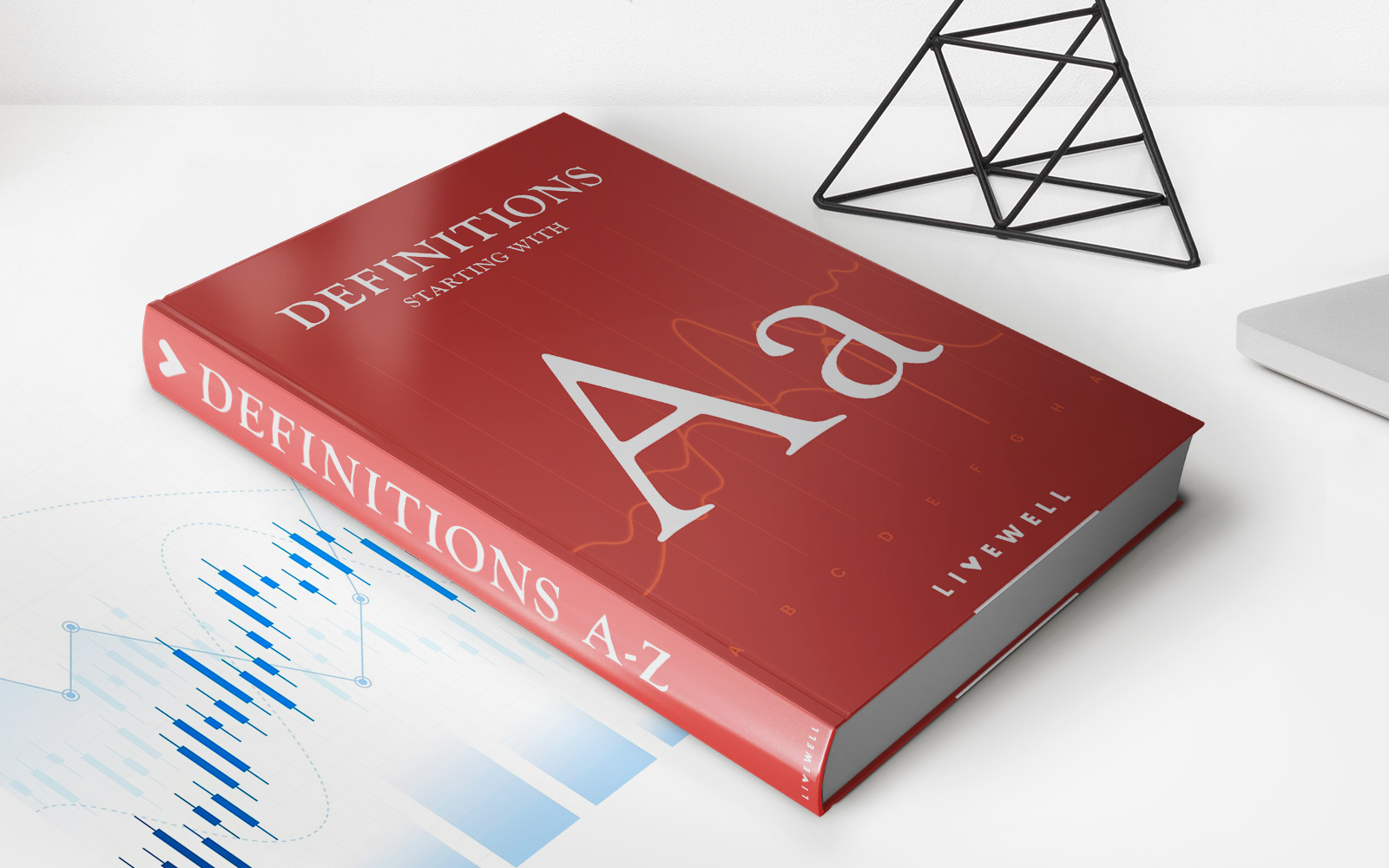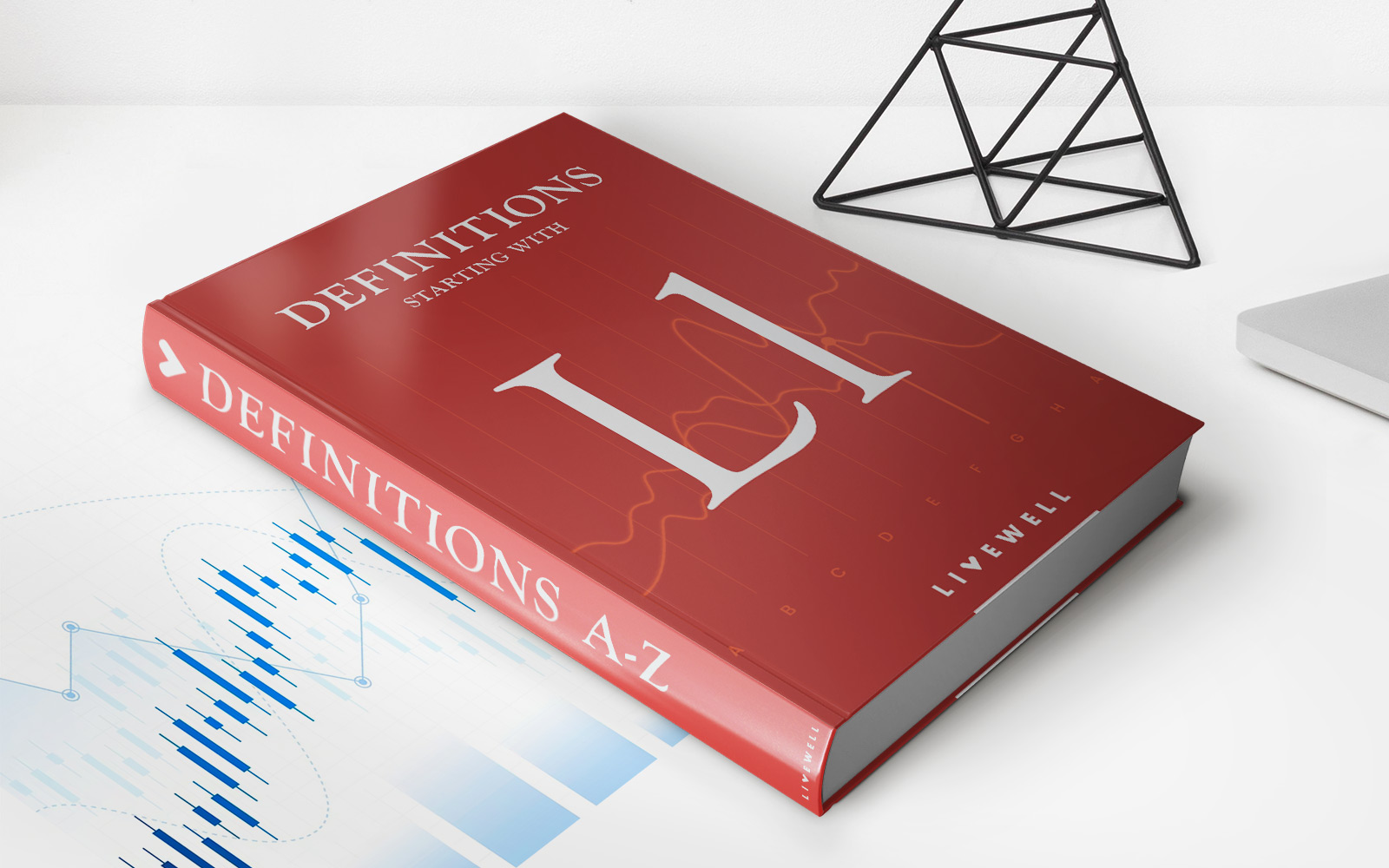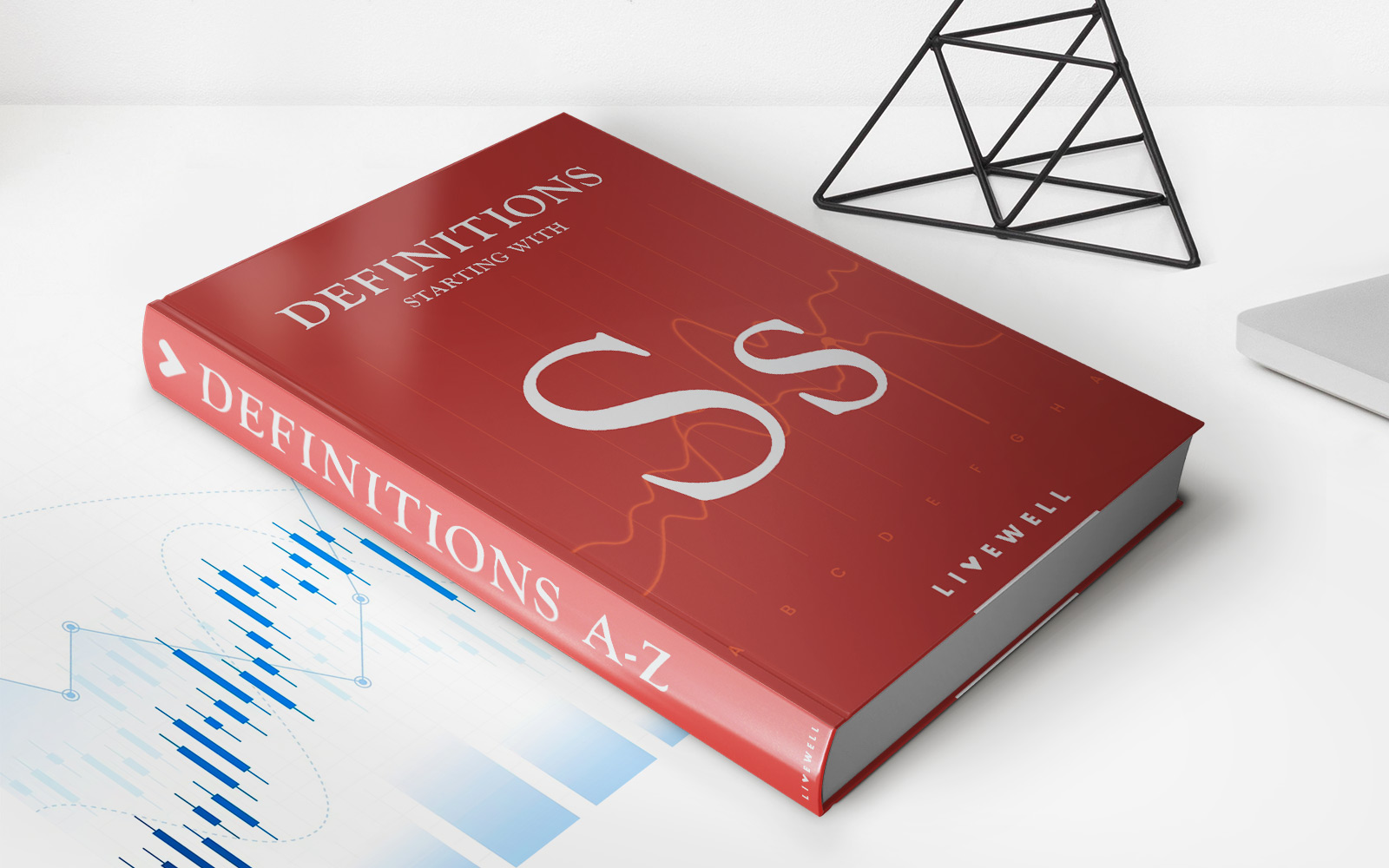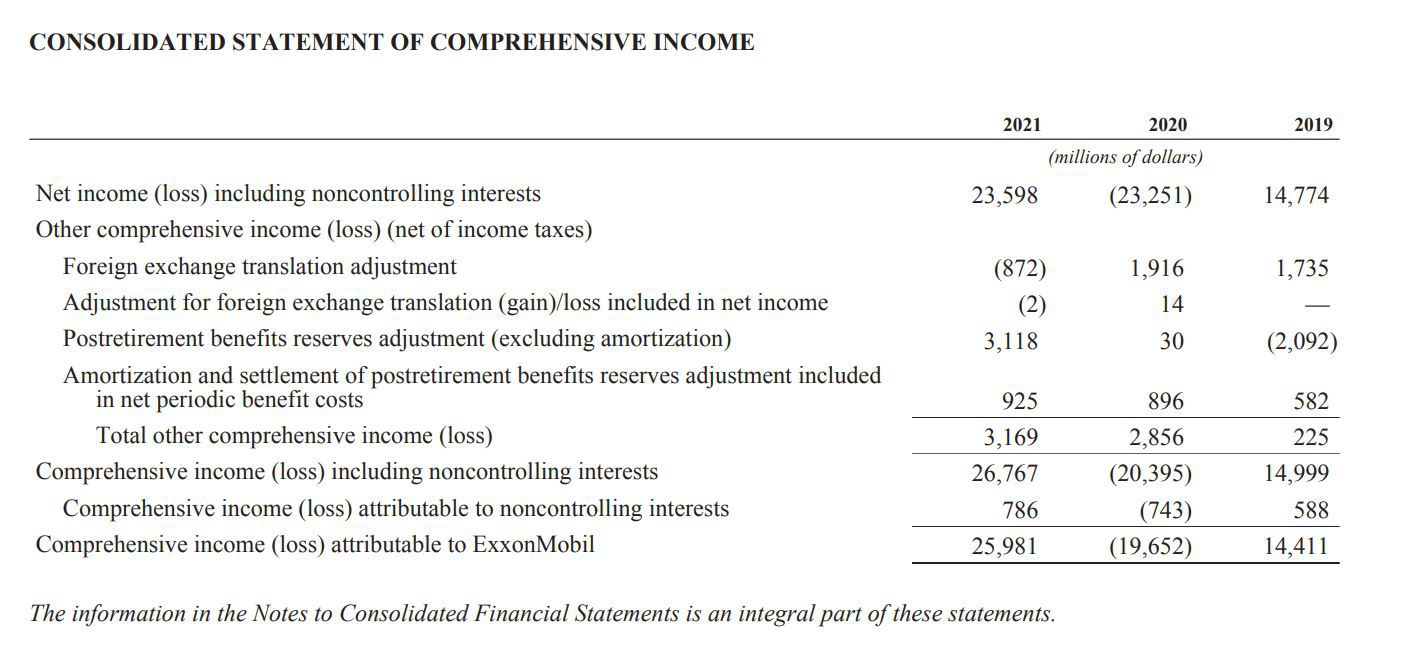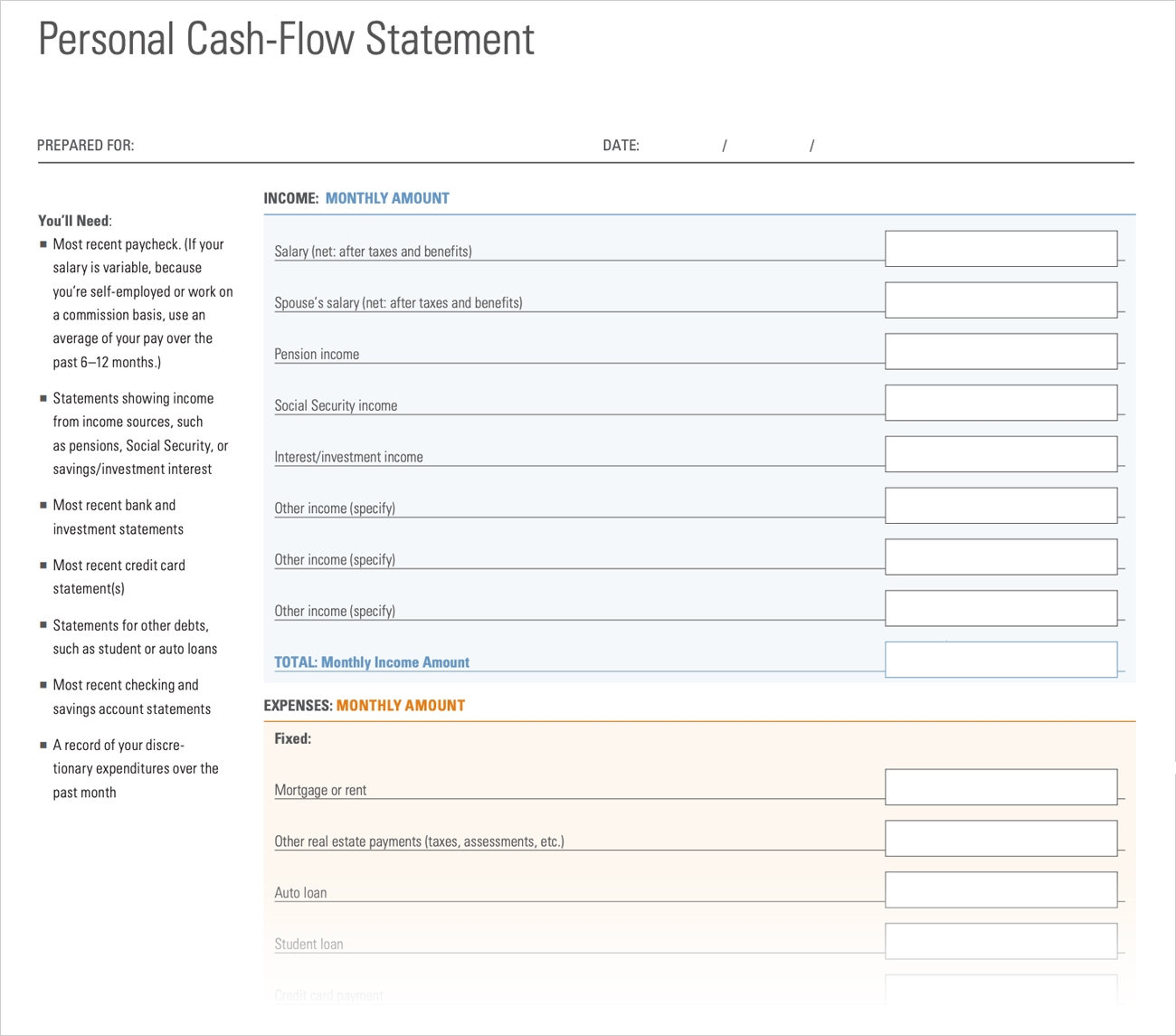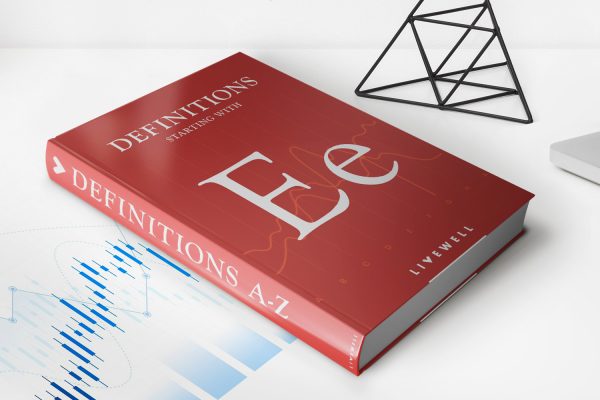

Finance
What Is A Structured Note Investment?
Published: October 18, 2023
Discover the benefits and intricacies of structured note investment in the world of finance. Enhance your portfolio with this unique investment approach.
(Many of the links in this article redirect to a specific reviewed product. Your purchase of these products through affiliate links helps to generate commission for LiveWell, at no extra cost. Learn more)
Table of Contents
Introduction
Welcome to the world of structured notes investments! In this article, we will explore the ins and outs of structured notes and how they can play a valuable role in your investment portfolio. Whether you’re a seasoned investor or just getting started, understanding structured notes is essential to making informed financial decisions.
Structured notes are complex financial instruments that offer the potential for customized returns based on the performance of underlying assets. They are designed to provide investors with a unique combination of capital protection and enhanced return potential. With their flexibility and tailored features, structured notes can appeal to a wide range of investors with different risk tolerance levels.
So, what exactly is a structured note investment? Put simply, it is a type of debt security that combines a bond with a derivative. It is created by a financial institution, typically a bank, and issued to investors. The return on a structured note is derived from the performance of the underlying asset or a specific market index.
Structured notes can offer various payoff structures, such as a fixed interest rate, participation in the upside of an index, or a combination of both. The key feature that sets them apart from traditional investments is their flexibility. The terms and conditions of a structured note can be customized based on the investor’s objectives and market conditions, providing opportunities for tailored risk-reward profiles.
Structured notes can be an excellent tool for diversification, as they allow investors to gain exposure to a wide range of assets and markets. They can be linked to stocks, bonds, commodities, currencies, or even alternative investments like hedge funds. This diversification potential can help mitigate the risks associated with concentrated investments and increase the overall stability of a portfolio.
While structured notes can offer enticing returns and diversification benefits, it is essential to understand their inner workings before investing. In the following sections, we will delve deeper into how structured notes work, their main components, benefits, associated risks, types, and factors to consider before investing. By the end of this article, you will have a comprehensive understanding of structured notes and be well-equipped to make informed investment decisions.”
Definition of a Structured Note Investment
A structured note investment is a type of financial instrument that combines a bond with a derivative component. It is designed to give investors exposure to the performance of underlying assets or market indexes while providing customizable risk-reward profiles. Structured notes are created by financial institutions, primarily banks, and issued to investors who are seeking alternative investment options.
At its core, a structured note is a debt security that is structured with embedded financial derivatives. The performance of the structured note is tied to the performance of the underlying assets or market indexes. This allows investors to participate in the potential upside of these assets, while still providing some level of protection through the bond component.
The terms of a structured note can vary widely depending on the objectives of the investor and prevailing market conditions. The investor may choose to receive a fixed interest payment, participate in the appreciation of the underlying asset or index, or even have a combination of both fixed interest and participation features. The customized nature of structured notes allows investors to tailor their investment to match their risk appetite and investment goals.
Structured notes can be linked to a variety of underlying assets, including stocks, bonds, commodities, currencies, or alternative investments. This flexibility provides investors with access to a wide range of markets and sectors, enabling them to diversify their portfolios and potentially enhance returns.
It is important to note that structured notes are typically sold over-the-counter (OTC), meaning they are not traded on public exchanges. Instead, they are directly issued by the bank or financial institution, which may provide liquidity options to investors depending on the structure of the note.
Structured notes are distinct from other fixed income investments, such as traditional bonds, as they offer customized features and potential for enhanced returns. However, it’s important to understand that investing in structured notes carries a level of complexity and risk. Investors should carefully evaluate the terms and conditions, understand the underlying assets or indexes, and consider their risk tolerance before investing in structured notes.
In the following sections, we will explore the mechanics of how structured notes work, including their main components, benefits, risks, and factors to consider before investing. Understanding these aspects will provide you with a solid foundation to evaluate structured notes and determine if they align with your investment strategy and goals.
How Structured Notes Work
Structured notes are complex financial instruments that combine a traditional bond with one or more derivative components. The structure of the note determines how the investor will receive returns based on the performance of the underlying assets or market indexes.
When investors purchase structured notes, they are essentially lending money to the issuer (usually a bank) for a predetermined period of time. In return, the investor will typically receive periodic interest payments. The interest rate payment is often higher than what traditional bonds offer to compensate for the added complexity and potential risks of the derivative component.
The performance of the structured note is tied to the underlying assets or market indexes, known as the reference assets. The issuer will design the note to provide a particular payoff based on the behavior of the reference assets at maturity or during specific observation periods.
The derivative component of the structured note can take various forms, such as call options, put options, or forward contracts. These derivatives define the type of return the investor will receive based on the performance of the underlying assets or market indexes.
For example, let’s say an investor purchases a structured note linked to the S&P 500 Index. The note may have a participation rate of 80%, meaning the investor will receive 80% of the increase in the value of the index during the investment period. If the S&P 500 Index goes up by 10% during this period, the investor would receive a return of 8%.
Structured notes can also include downside protection features. For instance, the note may have a “soft barrier” that provides capital protection unless the underlying asset or index drops below a certain threshold. In this case, the investor might receive their initial investment back, even if the reference asset loses value beyond the barrier level.
It’s important to note that structured notes can have complex terms and conditions, and the payout structure can vary significantly depending on the issuer and the investor’s preferences. Some structured notes may have caps or limits on the amount of return the investor can receive, while others may have knockout or autocall features that can trigger an early maturity if certain conditions are met.
Due to their customization, structured notes can be tailored to suit different investment strategies and risk appetites. However, investors should carefully review the terms of the structured note, including any fees or charges, before investing. It is also crucial to understand the associated risks and to consult with a financial advisor, who can provide guidance based on individual financial circumstances and goals.
In the next section, we will discuss the main components of a structured note to help you gain a deeper understanding of these unique financial instruments.
Main Components of a Structured Note
Structured notes are comprised of several key components that determine their features, potential returns, and risk profiles. Understanding these components is essential for investors to evaluate and make informed decisions when considering structured note investments. Let’s take a closer look at the main components:
- Underlying Assets or Indexes: These are the assets or indexes to which the structured note is linked. They can include stocks, bonds, commodities, currencies, or even alternative investments like hedge funds. The performance of the structured note and the potential returns are tied to the behavior of these underlying assets or indexes.
- Derivative Component: The derivative component of a structured note defines the specific payout structure based on the performance of the underlying assets or indexes. It could be a call option, a put option, a forward contract, or a combination of derivatives. This component determines how the investor will participate in the potential returns of the underlying assets or indexes.
- Payoff Structure: The payoff structure refers to how the investor will receive returns on the structured note. It can vary depending on the investor’s goals and market conditions. Common payoff structures include participation in the upside of the underlying asset or index, fixed interest payments, or a combination of both. The payout structure can also have caps, limits, or barriers that define the maximum potential return or downside protection levels.
- Risk Mitigation Features: Some structured notes incorporate risk mitigation features to protect investors from downside risks. These features can include soft barriers, which provide capital protection up to a certain level, or knockout features that terminate the note if specific conditions are met. These risk mitigation features aim to limit potential losses and provide a measure of security to investors.
- Issuer Credit Risk: Like any debt instrument, structured notes carry issuer credit risk. This refers to the risk that the issuing financial institution may default on their payment obligations. Investors should assess the creditworthiness of the issuer before purchasing a structured note, especially if the note offers principal protection or fixed interest payments.
- Liquidity Options: Structured notes are typically sold over-the-counter and may have different liquidity options depending on the structure. While some structured notes may have a secondary market where investors can buy or sell the notes, others may have limited or no liquidity options until maturity. Investors should understand the liquidity terms before investing in a structured note, as they may impact the ability to exit the investment early if needed.
It is crucial for investors to carefully evaluate the main components of a structured note and how they align with their investment objectives and risk tolerance. Each component plays a significant role in determining the potential returns and risks associated with the investment. Consulting with a financial advisor can provide valuable insights and guidance to navigate the complexities of structured notes and make informed investment decisions.
In the next section, we will delve into the benefits of investing in structured notes, highlighting the unique advantages they can offer to investors.
Benefits of Investing in Structured Notes
Investing in structured notes can offer several advantages for investors seeking both capital protection and potentially enhanced returns. Here are some notable benefits of including structured notes in your investment portfolio:
- Customization: One of the key benefits of structured notes is their customizability. Investors have the opportunity to tailor the terms and conditions of the note to align with their specific investment objectives, risk tolerance, and market views. This flexibility allows for a personalized investment approach while optimizing the risk-reward profile.
- Enhanced Returns: Structured notes provide the potential for enhanced returns compared to traditional fixed-income investments. By linking the performance of the note to the underlying assets or indexes, investors can participate in market gains or specific investment strategies that may generate higher returns than traditional bonds or certificates of deposit.
- Diversification: Structured notes offer investors the opportunity to diversify their portfolios by gaining exposure to a wide range of underlying assets or market indexes. This diversification can help spread risk and reduce the impact of a single investment’s performance on the overall portfolio. By diversifying, investors can potentially enhance portfolio stability and improve long-term returns.
- Principal Protection: Many structured notes incorporate principal protection features, which can safeguard the initial investment amount. These features may include soft barriers that protect against losses up to a certain level or downside protection provided by structured derivatives. Principal protection can offer peace of mind to investors, as it provides a measure of capital preservation even if the underlying assets or indexes decline in value.
- Tailored Risk-Reward Profile: Structured notes allow investors to choose the level of risk and potential return that aligns with their investment goals. With different payoff structures and risk mitigation features, investors can design a structured note that meets their risk appetite. This customization allows for a balanced risk-reward profile tailored to their specific needs.
- Opportunities in Different Market Conditions: Structured notes can be designed to offer potential benefits in various market conditions. Whether it’s participating in upward market movements, generating steady income in range-bound markets, or providing protection during uncertain times, structured notes can be structured to adapt to different market environments and provide investment opportunities in each.
While structured notes offer attractive benefits, it is essential to consider the associated risks and thoroughly understand the terms and conditions before investing. Each structured note is unique and may have its own set of features and complexities. Consulting with a financial advisor can help investors navigate these complexities and evaluate whether structured notes are suitable for their investment strategy.
In the next section, we will discuss the risks associated with investing in structured notes, providing a comprehensive understanding of the potential pitfalls investors should be aware of.
Risks Associated with Structured Notes
While structured notes offer potential benefits, it is important for investors to be aware of the risks involved. Here are some key risks associated with investing in structured notes:
- Market Risk: Structured notes are directly linked to the performance of underlying assets or market indexes. Therefore, if the market experiences significant declines or volatility, the value of the structured notes may also decrease. Investors should be prepared for potential market fluctuations and understand that they can result in losses or reduced returns.
- Credit Risk: Structured notes carry the credit risk of the issuer. If the issuer defaults on their payment obligations, investors may experience a loss of principal or interest payments. It is crucial to assess the creditworthiness of the issuer before investing in structured notes, particularly if the note offers principal protection or fixed interest payments.
- Liquidity Risk: Structured notes are typically sold over-the-counter and may have limited liquidity options. This means it may be difficult to sell the notes before maturity or when the investor needs to access their funds. Investors should carefully review the liquidity terms of the structured notes and be prepared to hold the investment until maturity.
- Complexity Risk: Structured notes can be complex financial instruments, and their terms and conditions may contain intricate features and calculations. Investors should thoroughly understand the structure, payout, and associated risks of the note before investing. It is advisable to consult with a financial advisor who can explain the complexities and help assess whether the investment aligns with the investor’s objectives.
- Issuer Risk: The performance of the structured notes is dependent on the creditworthiness and financial stability of the issuing institution. If the issuer encounters financial difficulties or faces insolvency, it can impact the value and performance of the structured notes. Investors should carefully evaluate the issuer’s credibility and financial strength before investing.
- Early Redemption Risk: Some structured notes have features that allow for early redemption or call options. This means that the issuer has the right to redeem the note before maturity, which can result in the investor losing the potential for future returns. Investors should be aware of any early redemption provisions and understand how they may affect their investment.
It is crucial for investors to carefully evaluate the risks associated with structured notes and determine if they are suitable for their investment strategy. Conducting thorough research, consulting with a financial advisor, and diversifying the investment portfolio can help mitigate some of these risks.
In the next section, we will explore different types of structured notes, providing insights into the various options available in this investment category.
Types of Structured Notes
Structured notes come in various forms, each offering different features and potential returns. Here are some common types of structured notes:
- Principal-Protected Notes: These structured notes provide investors with a guarantee that they will receive at least their initial investment back at maturity, irrespective of the performance of the underlying assets. They offer a level of downside protection while allowing participation in the potential returns of the underlying assets or indexes.
- Fixed Income Notes: These structured notes provide investors with regular fixed interest payments, similar to traditional bonds. The interest rate is predetermined and unrelated to the performance of the underlying assets or indexes. Fixed income notes can be an attractive option for investors seeking steady income with potentially higher returns than traditional fixed-income securities.
- Equity-Linked Notes: Equity-linked notes are tied to the performance of individual stocks or a basket of stocks. The investor’s return is linked to the capital appreciation or depreciation of the underlying equity securities over a specified period. Equity-linked notes offer the potential for higher returns than fixed-income notes but come with higher market risk.
- Index-Linked Notes: These structured notes are linked to the performance of a specified market index. Investors have the opportunity to participate in the gains and losses of the index, typically with a predetermined participation rate. Index-linked notes can provide diversification benefits by offering exposure to a broad market without the need to invest directly in individual stocks.
- Commodity-Linked Notes: Commodity-linked notes are tied to the performance of specific commodities, such as gold, oil, or agricultural products. They allow investors to gain exposure to the price movements of these commodities without physically owning them. Commodity-linked notes are subject to the inherent risks associated with commodity markets, including supply and demand dynamics and geopolitical factors.
- Currency-Linked Notes: Currency-linked notes provide exposure to foreign currency movements. Investors can profit from changes in exchange rates between two currencies, allowing them to speculate on currency appreciation or depreciation. Currency-linked notes can offer diversification benefits and potential returns in volatile foreign exchange markets.
- Reverse Convertible Notes: Reverse convertible notes come with a higher coupon rate compared to traditional bonds in exchange for increased risk. These structured notes pay a fixed interest rate during the investment period but may convert into shares of the underlying stock at maturity if certain conditions are met. They are ideal for investors who are willing to take on more risk in exchange for potentially higher returns.
- Autocallable Notes: Autocallable notes have a predetermined maturity date but can be redeemed early if specific conditions are met. If the underlying asset or index reaches certain predefined levels during the investment period, the note is “called” and the investor receives a predetermined return. These notes offer the potential for early principal repayment but also the risk of missing out on future gains.
It’s important to note that the availability of specific types of structured notes may vary depending on the issuer and market conditions. Investors should thoroughly review the terms and conditions of each type of structured note and evaluate their suitability based on their investment objectives, risk tolerance, and market outlook.
In the next section, we will discuss important factors to consider before investing in structured notes, helping investors make informed decisions about these financial instruments.
Factors to Consider Before Investing in Structured Notes
Investing in structured notes requires careful consideration of several important factors. By evaluating these factors, investors can make informed decisions and determine if structured notes align with their investment objectives and risk appetite. Here are some key factors to consider:
- Understanding the Structure: It is crucial to thoroughly understand the structure of the structured note, including its payout, components, and associated risks. Each note is unique, and investors should carefully review the terms and conditions before investing. If necessary, seek guidance from a financial advisor or expert who can explain the complexities and help assess the suitability of the investment.
- Risk Profile: Consider your risk tolerance and investment goals when evaluating structured notes. Some notes offer higher potential returns but come with increased market risk, credit risk, or complex derivatives. Assess whether the potential returns outweigh the associated risks and if the structured note fits within your broader investment strategy.
- Creditworthiness of the Issuer: Examine the creditworthiness and financial stability of the issuing institution. This is particularly important for structured notes that offer principal protection or fixed interest payments. Check the issuer’s credit ratings and financial strength to reduce the risk of default and potential loss of principal.
- Market Outlook: Consider the current and future market conditions and assess how they may impact the underlying assets or indexes linked to the structured note. If the note is linked to a specific sector or geographic region, evaluate the economic outlook for those areas. A thorough analysis of the market can help manage expectations and gauge the potential performance of the note.
- Time Horizon: Determine your investment time horizon to align with the maturity of the structured note. Some notes have longer maturity periods, while others have shorter-term investment horizons. Ensure that the maturity aligns with your financial goals and investment strategy.
- Secondary Market Liquidity: Consider the liquidity options of the structured notes. While some notes may allow for buying or selling in the secondary market, others may have limited or no liquidity options until maturity. Evaluate the ease of exit and redemption options, especially if you may need to access your funds before the note’s maturity.
- Costs and Fees: Review the costs and fees associated with the structured note, including issuance fees, management fees, and any potential early redemption fees. These fees can impact the overall return of the investment, so understanding them is essential for evaluating the potential profitability.
- Diversification: Consider how the structured note fits within your overall investment portfolio and the level of diversification it provides. Assess whether the note complements your existing investments and whether it helps mitigate risk by adding exposure to different asset classes or market sectors.
By carefully evaluating these factors, investors can make well-informed decisions when considering structured notes as part of their investment strategy. It is important to conduct thorough research, seek professional advice, and ensure that the investment aligns with your individual financial goals and risk tolerance.
In the final section, we will summarize the key points discussed in this article and emphasize the importance of understanding structured notes before investing in them.
Conclusion
Structured notes offer investors a unique opportunity to customize their investment returns based on the performance of underlying assets or market indexes. They present a range of benefits, including customizability, potential for enhanced returns, diversification, principal protection, and tailored risk-reward profiles. However, it is essential for investors to carefully consider the risks associated with structured notes and evaluate their suitability.
Before investing in structured notes, it is important to thoroughly understand their structure, including the underlying assets, derivative components, and payout structure. Evaluate your risk tolerance, investment goals, and time horizon to assess if structured notes align with your overall investment strategy. Consider the creditworthiness of the issuing institution, market outlook, and secondary market liquidity options.
While structured notes offer enticing features, they can also be complex and come with risks such as market volatility, credit risk, liquidity risk, and issuer risk. Therefore, it is recommended to consult with a financial advisor or expert who can provide guidance and help navigate the complexities of structured notes.
By conducting thorough research, understanding the terms and conditions, and carefully evaluating the associated risks, investors can make informed decisions when incorporating structured notes into their investment portfolios. Remember that every structured note is unique, and it is crucial to assess whether it aligns with your investment objectives, risk tolerance, and financial goals. Consider the potential benefits and risks to make a well-balanced investment decision.
With proper due diligence, structured notes can play a valuable role in diversifying your portfolio, providing potential for enhanced returns, and aligning with your specific investment preferences. Stay informed, monitor the performance of your structured note investments regularly, and review your portfolio periodically to ensure it continues to meet your financial goals and objectives.
